What does David Lynch, Picasso and George Lucas have in common? Setting up guardrails for your creativity can have surprising benefits.
I put together a video explaining why, using examples from film and TV like Reservoir Dogs, Star Wars, Twin Peaks and my own graphic novel STILETTO.
Let me know what you think! Comment below or go to YouTube and do the same.
PS: I know a lot of people worldwide are hurting financially and in self-quarantine at the moment. So to offer some consolation, the premium Comics for Beginners course is available at a drastically reduced price until December 31st 2020. Follow this link to get lifetime access for only $25$5.
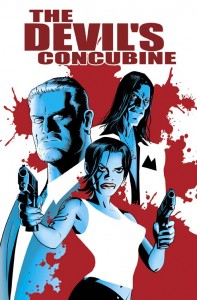

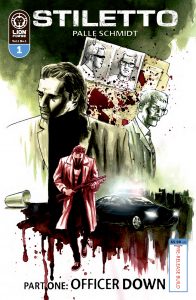
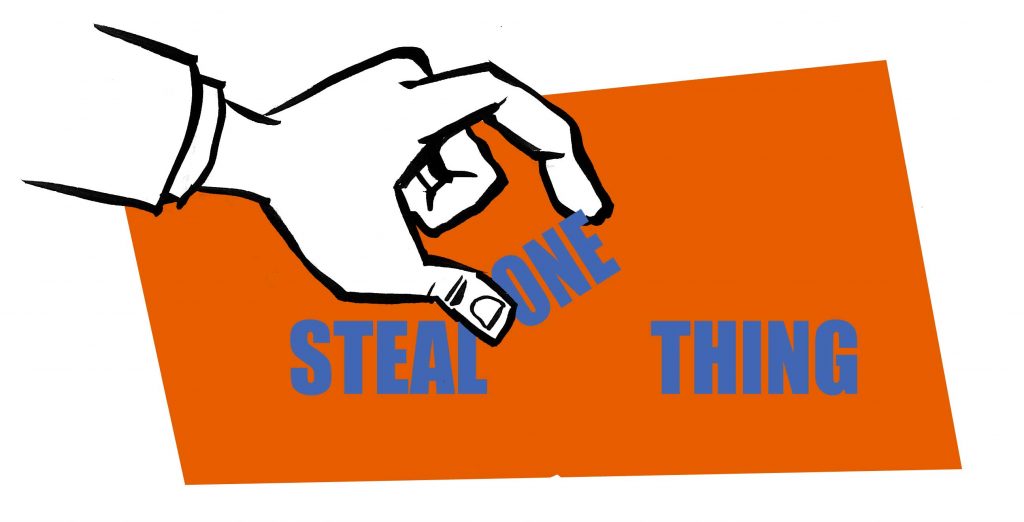 In his great book
In his great book 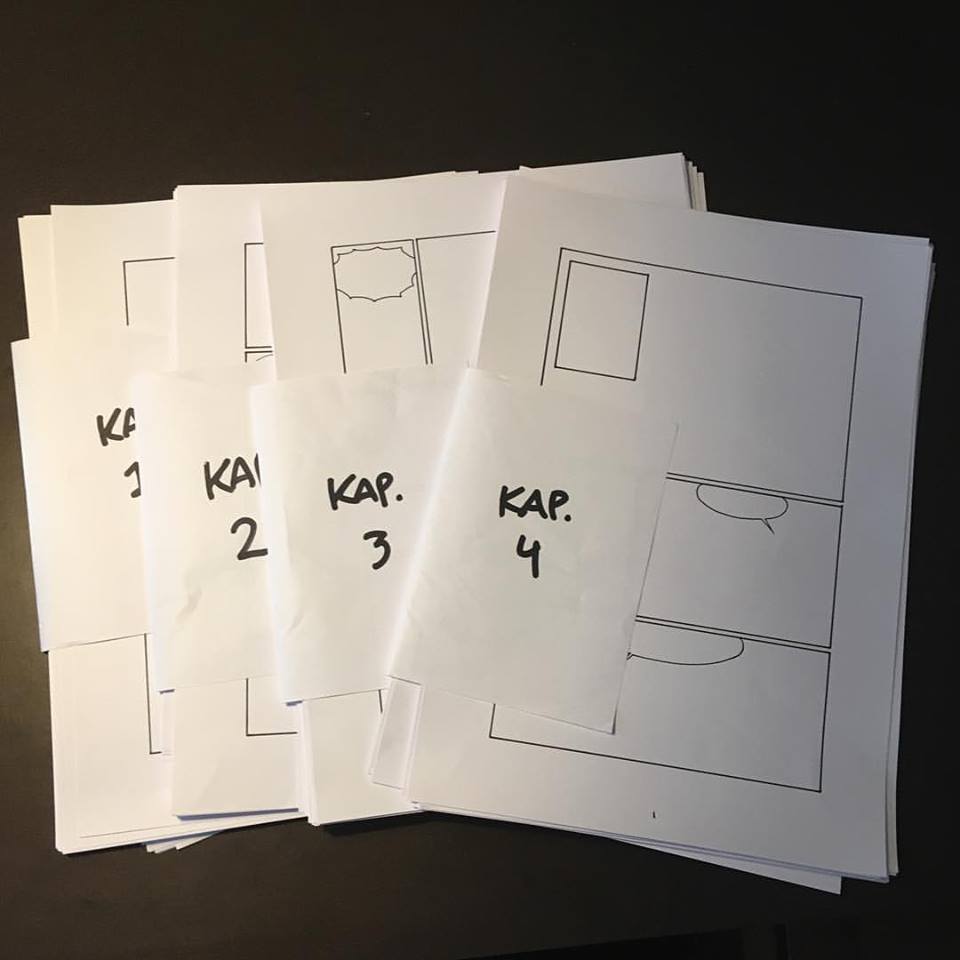 I recently posted this picture on Instagram and Facebook that got a lot of likes – and a lot of questions! So I thought I’d elaborate a bit on how I actually tackle the creation of a comic or graphic novel. I go into detail with certain elements in my
I recently posted this picture on Instagram and Facebook that got a lot of likes – and a lot of questions! So I thought I’d elaborate a bit on how I actually tackle the creation of a comic or graphic novel. I go into detail with certain elements in my 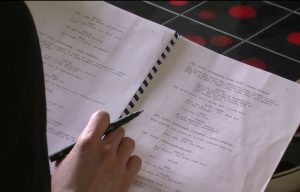 1: Script
1: Script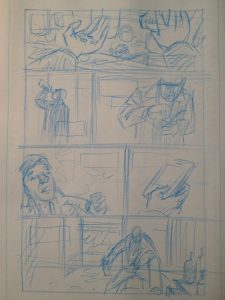 3: Rough sketches
3: Rough sketches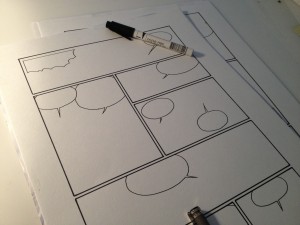 5: Borders and balloons
5: Borders and balloons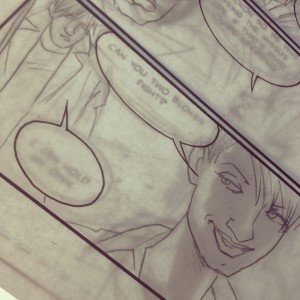 7: Inking
7: Inking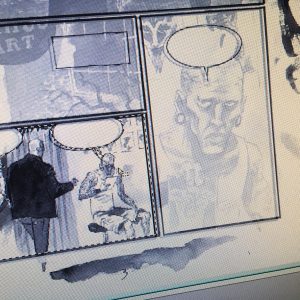 8: Scanning and clean-up.
8: Scanning and clean-up.